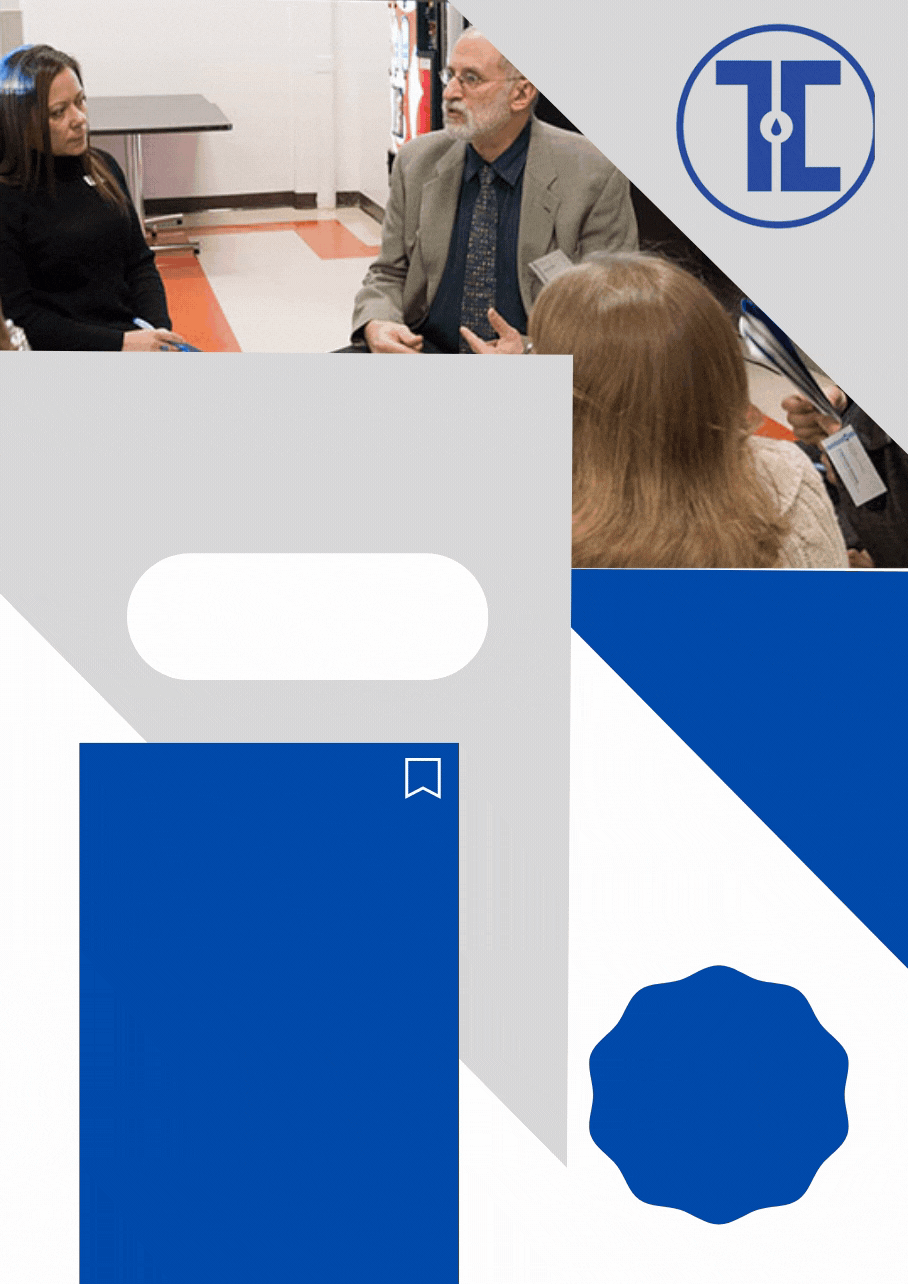
Staying at Home and Staying on Track: How to Succeed as Schools Move Online
Touro GST professor Mark Gura shares his tips for learning at home in the age of COVID-19 By Elizabeth Laura Nelson.
The world looks very different than it did just a few short weeks ago, when parents still packed lunches for their children and bundled them off to school in the mornings, before heading into the office themselves.
Now millions of children across the country, and nearly a billion worldwide, are unable to attend school due to the coronavirus (COVID-19) pandemic that’s sweeping across the globe. Parents—many of whom are now working from home, and never had any intention of homeschooling their kids—now find themselves thrust into the role of remote learning coordinator for children who can no longer play with friends or participate in extracurricular activities.
As we all learn to navigate this new way of life with no end in sight, how can parents best help to keep their children’s education on track?
We asked Touro Graduate School of Technology professor Mark Gura, an instructional technology expert with two decades of experience as a public school teacher, for some tips on successful at-home learning during a pandemic.
1.Go to the source
The best place to get information is directly from your child’s school and school district, many of which already have online education plans up and running. “As our nation’s schools move from traditional, face-to-face delivery of instruction and support services to an online, remote version, teachers and supervisors have marshalled their efforts to figure out how to do this in record time,” says Gura. “A great many schools have alternative, online programs ready,” he says.Gura urges parents to go to their school district’s website and look for a statement on their response to the pandemic, if they haven’t already. Many have issued guidelines on what parents and students
should do (the New York City Department of Education offered this.)
2.Get equipped
In order to participate in online learning, your child needs access to a reliable Wi-Fi connection and a
device with which to connect to it (computer, tablet, smartphone).
For families without Wi-Fi at home, Gura recommends checking with their immediate neighbors to see if anyone has a connection they might allow your child to share. “Using a neighbor’s Internet can be as easy as getting permission and a password,” he says. There are also free Wi-Fi hotspots available in many places; a quick Google search should turn up a list of access points near your home.
If you don’t have a laptop or tablet for your child to use, Gura suggests checking to see if the school has any to loan. “Some school districts are in the process of acquiring additional devicesfor families who need them,” he says. And if you’re t hinking of buying one, hold off until you check with the school.
“Before purchasing a device, it would be wise to see what the school suggests,” says Gura. “There may be compatibility issues, or preferred devices for specific online school uses. The school may also offer suggestions about how best to use the device—like what browser to use.”
3.Stay connected
connectedSome school districts do not yet have a remote learning program in place, or do not have the resources to develop one. If the former is true in your area, Gura encourages you to keep checking in. “More schools will
be getting on board as this situation continues,” he says.
If, however, your child’s school is not able to support an online learning curriculum, you’ll want to get connected with the digital education community and take advantage of all the free online resources available.
The following list, provided by Gura, can get you started. “These are designed with ease of use in mind. Basically, follow simple directions and click on things.”
- Common Sense Media
- Swing Education
- Educational podcasts for kids
- TERC
- Kids Activities
- NBC Today Show
- PBS NewsHour classroom recources for students
- Tech & Learning
- Wonderpolis
Whether ornot your child is following a distance learning curriculum or not, families can benefit from the above links. “There are many hours to fill,” says Gura, “and these resources have a great deal to offer.”
Mark Gura teaches Integrating Technology into the Curriculum for School Leaders at Touro’s Graduate School of Technology. To find out more about the programs offered at Touro and how they could help you step into your future, contact us today.
Want to explore more?
Check out the recordings from our professional development workshops
or sign up for a future workshop by clicking HERE,
or sign up for our next online information session by clicking HERE.













